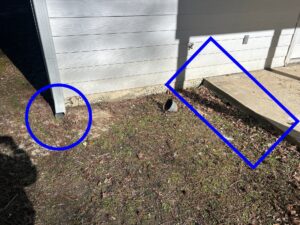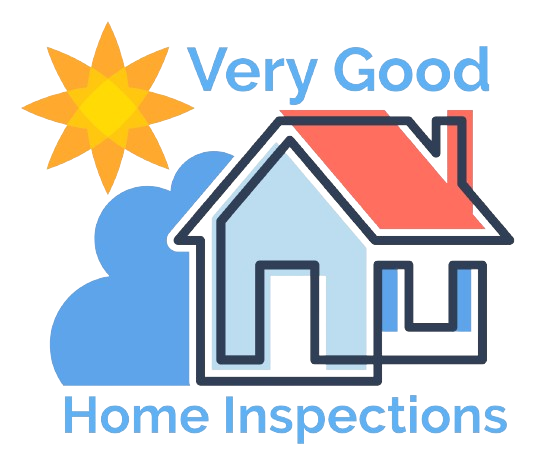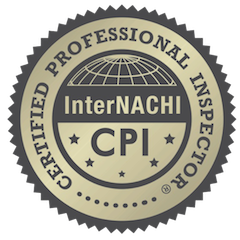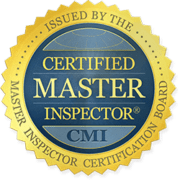Stormwater Mitigation for Your Home: Protecting Your Property and the Environment
As storms become more frequent and intense due to climate change, homeowners face an increasing risk of flooding and water damage. Proper stormwater mitigation is crucial not only for protecting your property but also for preserving the environment. Fortunately, there are a variety of strategies you can implement to manage stormwater effectively. In this blog post, we’ll explore the importance of stormwater mitigation and provide actionable tips to help safeguard your home from the impacts of heavy rainfall.
Stormwater mitigation refers to the process of managing and controlling the flow of rainwater and runoff in ways that prevent flooding, erosion, and pollution. When stormwater is not properly managed, it can lead to significant problems, such as basement flooding, landscape erosion, and water contamination. Mitigation strategies help to capture, filter, or divert this water in a way that minimizes these risks.
Why is Stormwater Mitigation Important?
-
Protect Your Home: Without proper stormwater management, water can seep into your foundation, leading to basement flooding, structural damage, and mold growth. Erosion of the soil around your house can also weaken your foundation and cause long-term structural issues.
-
Prevent Flooding: In areas with poor drainage systems, stormwater can accumulate quickly, flooding streets and properties. Effective stormwater mitigation reduces the chances of localized flooding, protecting not only your home but also your neighbors.
-
Environmental Impact: Runoff from your property can carry pollutants like oil, fertilizers, and chemicals into local rivers, lakes, and streams, leading to water contamination. Stormwater mitigation helps to reduce the environmental impact of these pollutants.
-
Increase Property Value: Homes that are equipped with stormwater management systems are often more desirable on the market. Potential buyers are more likely to appreciate the investment in a home that’s less susceptible to water damage.
Tips for Mitigating Stormwater at Home
Here are some practical solutions you can implement to manage stormwater on your property:
1. Install Rain Barrels
One of the simplest and most effective ways to mitigate stormwater runoff is by installing rain barrels to collect rainwater from your gutters. This water can be stored and used for landscaping or irrigation during dry periods, reducing the amount of water that runs off your property. Rain barrels also help prevent water from overflowing and causing erosion.
2. Improve Drainage Around Your Home
Ensure that your home’s drainage system is in top condition. Clean gutters and downspouts regularly to prevent clogging and ensure proper water flow. Consider adding extensions to your downspouts to direct water away from your foundation, and install French drains or dry wells to absorb excess rainwater into the soil.
3. Create a Rain Garden
Rain gardens are designed to capture and absorb stormwater, allowing it to filter into the ground rather than running off. These gardens typically feature native plants that can tolerate both wet and dry conditions. A rain garden placed in a low-lying area of your yard can help reduce runoff and improve water quality by filtering pollutants.
4. Use Permeable Paving
Traditional concrete or asphalt surfaces can exacerbate stormwater runoff by preventing water from soaking into the ground. Consider replacing driveways, walkways, or patios with permeable paving materials such as gravel, porous concrete, or interlocking pavers. These materials allow water to flow through them and be absorbed by the soil beneath.
5. Install a Swale
A swale is a shallow, vegetated channel designed to slow down and redirect stormwater runoff. It can be installed in your yard to capture and filter excess water, preventing erosion and flooding. Swales are especially effective on sloped properties, where water can flow quickly and cause damage.
6. Add Green Roofs
Green roofs, or living roofs, are another innovative way to mitigate stormwater runoff. These roofs are covered with vegetation that absorbs rainwater and helps reduce the amount of runoff entering the stormwater system. Green roofs are especially beneficial for urban homes with limited space, as they provide both aesthetic and environmental benefits.
7. Maintain Landscaping and Soil Health
Healthy soil is essential for proper stormwater infiltration. Avoid compacting the soil in your yard, as this can reduce its ability to absorb water. Instead, focus on planting native vegetation and creating mulched beds that help retain moisture. If you live in an area prone to heavy rains, consider adding soil amendments like compost to improve water retention.
8. Consider a Rainwater Harvesting System
If you want to take your stormwater mitigation efforts a step further, installing a rainwater harvesting system can provide a more comprehensive solution. These systems capture rainwater from your roof, filter it, and store it for later use. They can be used for irrigation, flushing toilets, or even drinking water if properly treated. By harvesting rainwater, you not only reduce runoff but also lower your water bills.
Conclusion
Mitigating stormwater runoff at home is essential for protecting your property, preserving the environment, and reducing the impact of climate change. By implementing strategies like rain barrels, permeable paving, and rain gardens, you can help manage stormwater more effectively. Not only will these measures protect your home from water damage, but they will also contribute to healthier ecosystems and a more sustainable future.


Taking action now to mitigate stormwater will provide long-term benefits for both your property and the environment. Start small, and gradually incorporate more advanced techniques as needed. By doing so, you’ll be prepared to face the challenges of increasingly unpredictable weather while making a positive impact on your community and the planet.


.png)



